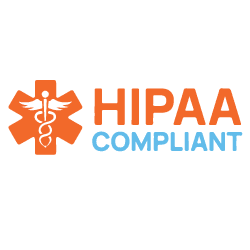Simplify Billing. Maximize Revenue. Focus on Patient Care. Technology should support your clinic—not slow it down. Our medical billing platform help primary care providers reduce errors, save time, and improve cashflow.
As your practice grows your billing needs change. This platform supports multiple user, flexible workflows and scale-ready architecture.It helps you remain aligned at every stage of your growth


Billing problems effect every stage of primary care. These issues cost time, money and focus.
These challenges drain time and shrink profits. You need a tool, designed for busy clinics.

Fewer errors mean faster payments. The platform reduce denied claims and ensures proper code use, including advanced primary care management codes.

Automation handle repetitive tasks. It save hours every week so staff can focus on patient care.

Stay aligned with billing law’s. The system includes built-in alerts, and updates for billing and coding changes. It supports advanced primary care management services and tool.

We focus on primary care clinics. That means full support for primary care assessment tools, primary care EHR, and advanced primary care management workflow.
Your clinic should focus on care—not billing errors. The platform helps streamline operations, ensure compliance and protect revenue.
This platform is used by clinics across the country, it simplify billing for both small practice and larger groups.
Whether you need to track advanced primary care management code or use primary care assessment tool, we’ve got you covered.
We update the system regularly, to keep up with changing regulation and payer rule.

| Feature | Description |
|---|---|
| Code Matching | Helps find the right billing code fast |
| Compliance Checks | Avoid common billing error |
| EHR Integrationt | Works with most primary care EHR system |
| Custom Rules | Support clinic-specific workflow |
| Audit Trail | Full visibility into edit’s and submissions |
| Reporting Tools | Analyze claim and revenue trends |
This platform is a medical billing solution, built for primary care providers. It’s fast, secure and designed for simple use.







Sign up now to gain access to smarter billing tools and support for advanced primary care management services.

It helps clinic manage billing. It supports task like coding, submissions and tracking revenue.
.NO SmartCare360 does not provide medical treatment or prescription.
It’s built for primary care. That means it supports primary care EHR, primary care assessment tools, and advanced primary care management.
Patients uses connected devices in home, data will sends into your portal for daily or weekly reviews, this supporting better outcomes with chronic issues.
Yes. Its designed to improve revenue cycle management for busy clinics.
Yes. The platform includes tools to support remote patient care coordination, including documentation and tracking feature.
We’ll walk you through the right website for your needs.